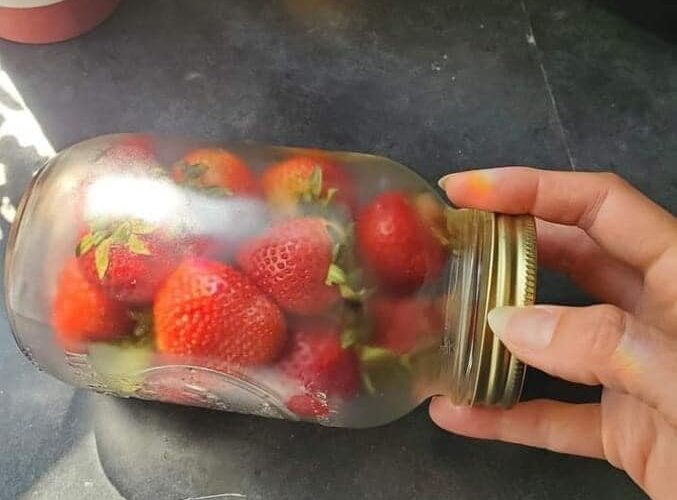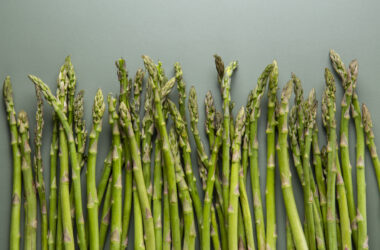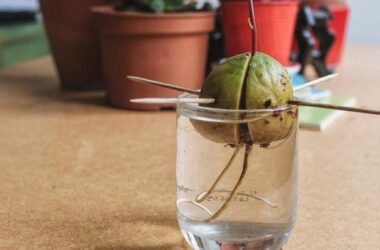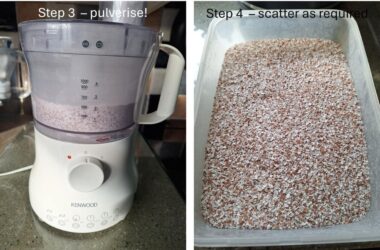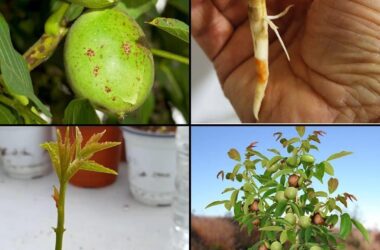Most people struggle to keep strawberries fresh for more than a few days. They soften quickly, grow mold fast, and often spoil before you even get the chance to enjoy them. But there’s a simple storage trick that can dramatically extend their shelf life — storing them in glass jars.
This method has been circulating online, and many people are shocked at how well it works. Some even report that their strawberries stay fresh for over three weeks using this technique. If you’ve never tried storing your berries in jars, this guide explains exactly how to do it and why it works so well.
Why Glass Jars Keep Strawberries Fresh Longer
Plastic containers trap moisture, which speeds up mold growth. Glass jars create a cleaner, more stable environment by:
- Reducing moisture exposure
- Blocking excess air that causes berries to break down
- Keeping the berries cold and dry in the refrigerator
The result is firmer, fresher berries that last far longer than usual.
How to Clean and Prep Strawberries Before Storing
Before placing the fruit into jars, it’s important to clean and dry them properly. Here’s an effective method many people use:
Step 1: Clean the Fruit
Wash strawberries, blueberries, and blackberries in a mixture of:
- Water
- A splash of apple cider vinegar
- A small amount of baking soda
This helps loosen dirt and reduce surface bacteria.
Step 2: Rinse Thoroughly
Rinse the berries under cool running water to remove any residue.
Step 3: Dry Completely
Drying is the most important step. Excess moisture leads to mold.
- Use a salad spinner to remove most of the water
- Place berries on paper towels to air-dry completely
The berries must be fully dry before moving on.
How to Store Berries in Glass Jars
Once the fruit is clean and dry:
- Make sure the jars are completely dry.
- Place the berries inside loosely—do not pack tightly.
- Seal with a lid and store in the refrigerator.
Any type of jar works: Mason jars, recycled pickle jars, old pasta sauce jars, or any airtight glass container.
How Long Do They Last?
With proper cleaning and drying, strawberries and other berries can stay fresh two to three weeks, sometimes even longer. They remain:
- Firm
- Bright in color
- Free of mold
- Better tasting than berries stored in plastic containers
This method significantly reduces waste and helps you get the most out of your produce.
Why This Method Works for Different Berries
This technique isn’t just for strawberries. It also works extremely well for:
- Blueberries
- Blackberries
- Raspberries (dry very carefully)
These delicate fruits benefit from the dry, protected environment inside the jar.
Final Thoughts
Storing strawberries in glass jars is a simple, effective trick that can save money, reduce food waste, and keep your berries fresh much longer than traditional methods. Once you try it, you may never go back to storing berries in their original plastic containers again.
